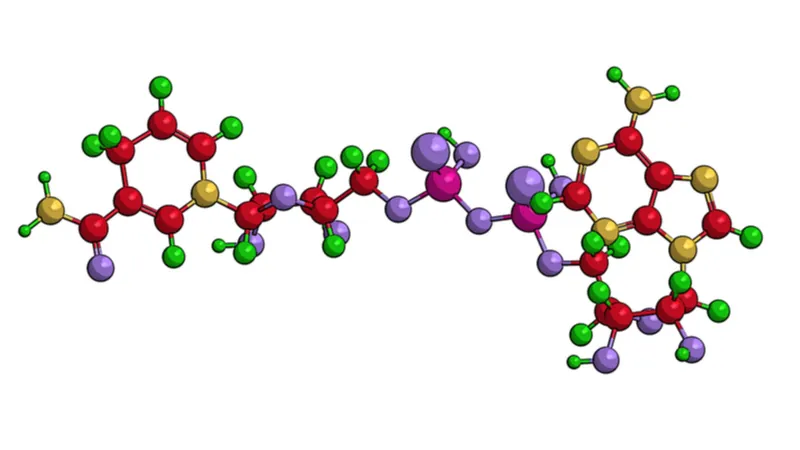Researchers have described a relationship between the NAD+ regulator CD38, mitochondrial function, and the gradual destruction of bone in Aging Cell.
Inflammation up, bone mass down

Read More
It is well known that CD38, an enzyme that takes away NAD+, increases with age. The gradual depletion of this core metabolic molecule is, as expected, linked to multiple problems, one of which is a loss in bone-building osteoblasts [1]. Instead, CD38 contributes to the formation of osteoclasts, the cells that wear away bone [2].
Additionally, previous work has found that inflammatory conditions, including age-related inflammation (inflammaging), increases the number of monocytic myeloid-derived suppressor cells (M-MDSCs), the bone marrow cells that differentiate into osteoclasts [3]. While these researchers have found links between obesity, periodontitis, and this age-related loss of bone [4], many of the metabolic mechanisms have not been explored.
The wrong cells are accelerated with aging
This study used six-month-old (young) and two-year-old (aged) Black 6 mice, and their tibia bones were analyzed at a cellular level. As expected, aged mice had more M-MDSCs than their younger counterparts in multiple tissues, but interestingly, there was no significant difference in the bone marrow itself, which the researchers ascribe to more migration brought about by inflammation. Not only did the aged mice have more osteoclasts, their osteoclasts were bigger and were more aggressive in wearing down bone.
This aggressiveness was accompanied by an increase in mitochondrial function. While mitochondrial dysfunction is a hallmark of aging, this did not seem to occur in these osteoclasts; instead, the osteoclasts of aged mice had strongly upregulated genes related to oxygen use and ATP production. Even the undifferentiated M-MDSCs had more mitochondrial activity in these aged animals.
This increase in activity also came with an increase in CD38. An RNA analysis found that bone marrow M-MDSCs taken from aged mice expressed eight times the CD38 as younger mice did. A more detailed gene expression analysis found that this increase in CD38 was directly correlated with genes related to accelerated bone resorption.
A small molecule, 78c, was found to be possibly effective against this increase, as it suppresses CD38. Administering 78c to the M-MDSCs derived from older mice reduced their ability to destroy bone, including the relevant mitochondrial upregulation, but it did not affect the M-MDSCs of younger mice.
This relationship between CD38, mitochondrial activity, and NAD+ is somewhat confusing and unintuitive: why would a compound that is widely known to deplete NAD+ accelerate mitochondrial function in these specific cells? It is also unclear if this activity is sex-specific, as this work was only done in male mice. Further work will have to be done to determine the role of CD38 in relation to NAD+ in these cells and to verify whether or not 78c could be safe and effective as a drug.
Literature
[1] Kim, H. N., Ponte, F., Warren, A., Ring, R., Iyer, S., Han, L., & Almeida, M. (2021). A decrease in NAD+ contributes to the loss of osteoprogenitors and bone mass with aging. NPJ aging and mechanisms of disease, 7(1), 8.
[2] Costa, F., Toscani, D., Chillemi, A., Quarona, V., Bolzoni, M., Marchica, V., … & Giuliani, N. (2017). Expression of CD38 in myeloma bone niche: A rational basis for the use of anti-CD38 immunotherapy to inhibit osteoclast formation. Oncotarget, 8(34), 56598.
[3] Pawelec, G., Picard, E., Bueno, V., Verschoor, C. P., & Ostrand-Rosenberg, S. (2021). MDSCs, ageing and inflammageing. Cellular immunology, 362, 104297.
[4] Kwack, K. H., Zhang, L., Sohn, J., Maglaras, V., Thiyagarajan, R., & Kirkwood, K. L. (2022). Novel preosteoclast populations in obesity-associated periodontal disease. Journal of Dental Research, 101(3), 348-356.







